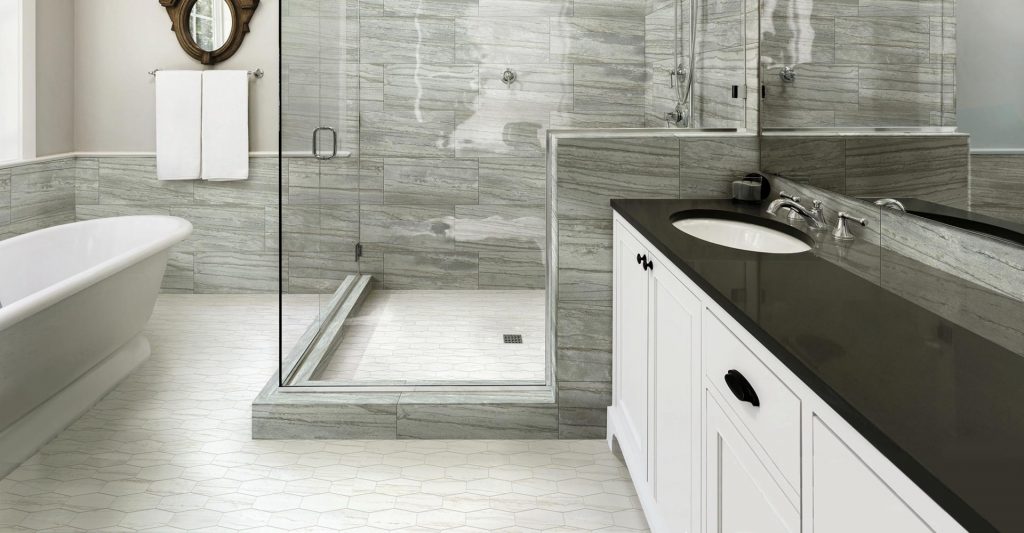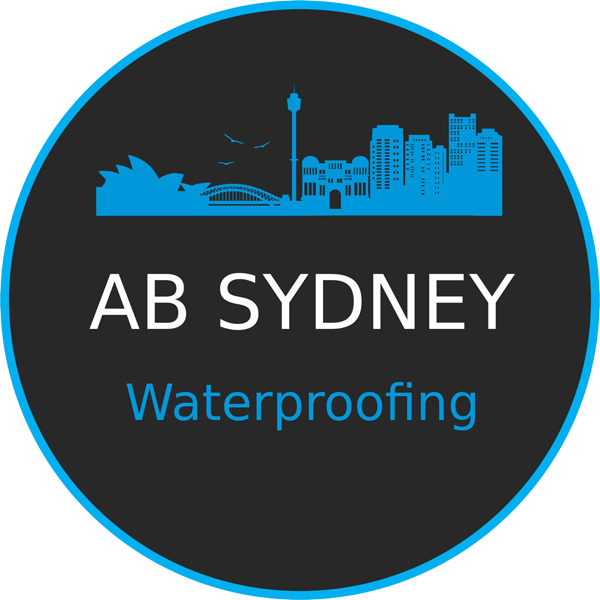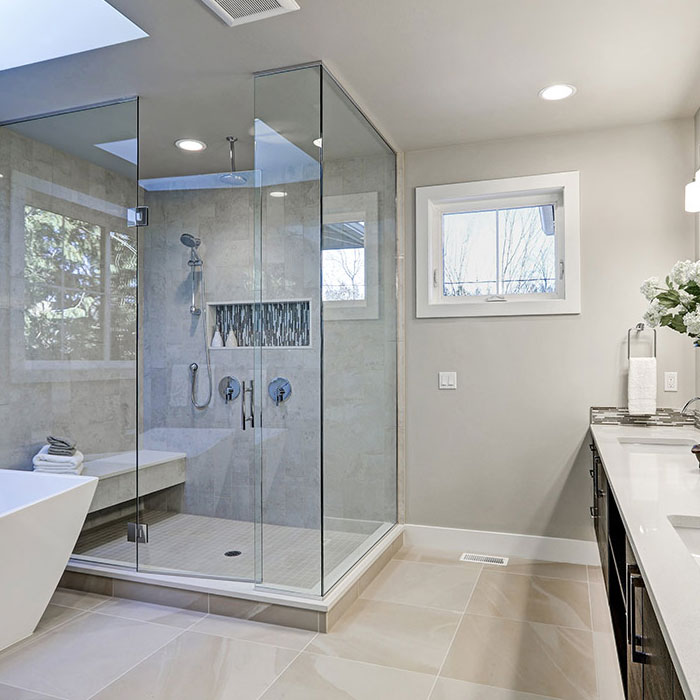The Complete Guide to Bathroom Waterproofing for a Leak-Free Home
Bathrooms are one of the most moisture-prone areas in any home, and without proper waterproofing, water can easily seep into walls, floors, and ceilings. This often leads to mould, structural damage, and expensive repairs. Bathroom waterproofing is not just about meeting building codes—it’s about ensuring your home remains safe, healthy, and free from hidden water damage.
This guide will walk you through everything you need to know about bathroom waterproofing and why it’s essential for a leak-free home.
Why Bathroom Waterproofing Matters
Water can be a home’s greatest enemy if left uncontrolled. In bathrooms, where daily showers, baths, and sinks create high humidity, waterproofing forms a barrier to prevent leaks and moisture buildup. This not only protects the structural integrity of your home but also helps maintain indoor air quality by preventing mould growth.
Key Areas That Need Waterproofing
Effective bathroom waterproofing involves more than just sealing the floor. The main areas include:
- Shower walls and floors – These surfaces are exposed to direct water flow daily.
- Bath surrounds – Water splashes from baths can cause seepage into walls and floors.
- Vanity splashbacks – Even small splashes can create long-term issues if left untreated.
- Bathroom floors – Especially important for upstairs bathrooms to prevent water leaking into lower levels.
- Corners and joints – These are weak spots where water can easily penetrate.
The Waterproofing Process
While techniques may vary slightly depending on materials and design, the general waterproofing process includes:
- Surface Preparation – Cleaning, repairing cracks, and ensuring surfaces are smooth.
- Application of Primer – Helps the waterproofing membrane adhere properly.
- Installing Waterproof Membrane – Applied in layers to walls and floors, especially in wet zones.
- Sealing Joints and Edges – Using waterproof tape or sealant to protect vulnerable areas.
- Final Inspection – Ensuring all areas are fully covered before tiling.
Common Waterproofing Mistakes to Avoid
- Skipping professional help – DIY waterproofing often leads to incomplete coverage.
- Not following building codes – This can cause compliance issues and insurance problems.
- Poor surface preparation – Waterproofing is only as strong as the surface beneath it.
- Using low-quality materials – Cheaper products may fail sooner, costing more in repairs later.
Benefits of Professional Bathroom Waterproofing
- Peace of mind knowing the work meets legal standards.
- Long-term protection from water damage.
- Better resale value for your home.
- Fewer repairs and lower maintenance costs over time.
Final Thoughts
Bathroom waterproofing isn’t just a one-time task—it’s a critical investment in your home’s future. By ensuring every wet area is properly sealed, you protect against costly repairs, safeguard your family’s health, and maintain your property’s value.
If you want your bathroom to stay beautiful, functional, and leak-free for years to come, hiring a trusted waterproofing specialist is the best step you can take.


